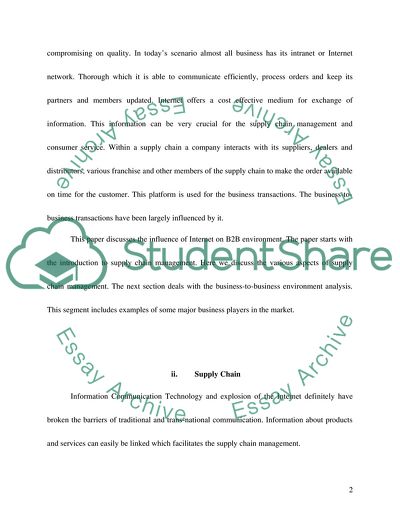Cite this document
(Business-To-Business: Processes of Supply Chain Case Study, n.d.)
Business-To-Business: Processes of Supply Chain Case Study. https://studentshare.org/e-commerce/1703566-select-an-industry-of-your-choice-using-case-studies-analyse-how-business-to-business-exchanges-have-changed-the-supply-chain
Business-To-Business: Processes of Supply Chain Case Study. https://studentshare.org/e-commerce/1703566-select-an-industry-of-your-choice-using-case-studies-analyse-how-business-to-business-exchanges-have-changed-the-supply-chain
(Business-To-Business: Processes of Supply Chain Case Study)
Business-To-Business: Processes of Supply Chain Case Study. https://studentshare.org/e-commerce/1703566-select-an-industry-of-your-choice-using-case-studies-analyse-how-business-to-business-exchanges-have-changed-the-supply-chain.
Business-To-Business: Processes of Supply Chain Case Study. https://studentshare.org/e-commerce/1703566-select-an-industry-of-your-choice-using-case-studies-analyse-how-business-to-business-exchanges-have-changed-the-supply-chain.
“Business-To-Business: Processes of Supply Chain Case Study”. https://studentshare.org/e-commerce/1703566-select-an-industry-of-your-choice-using-case-studies-analyse-how-business-to-business-exchanges-have-changed-the-supply-chain.


